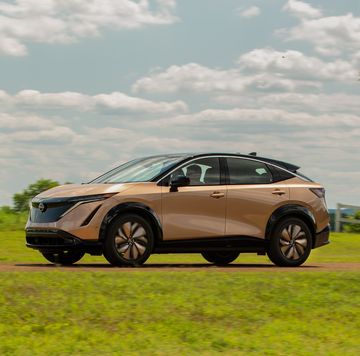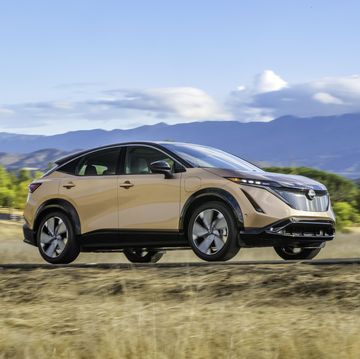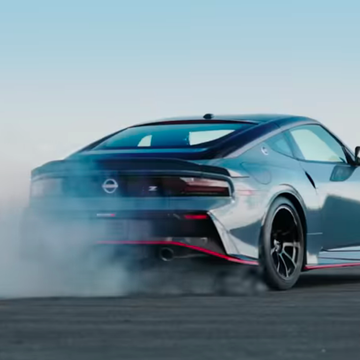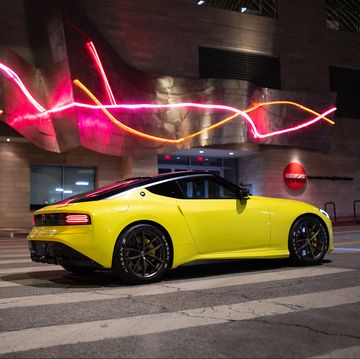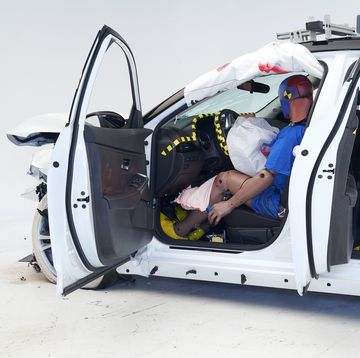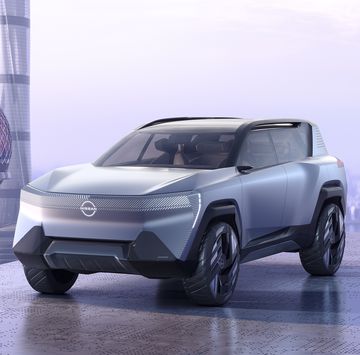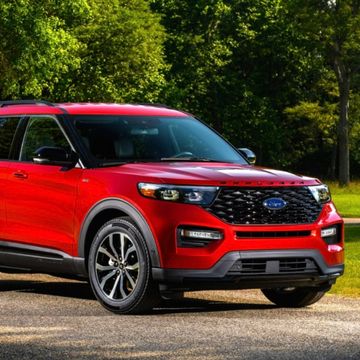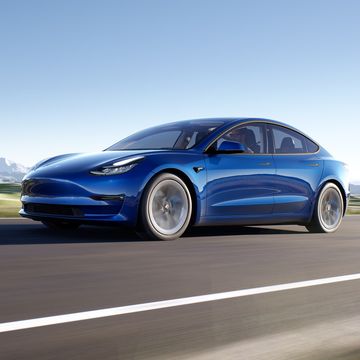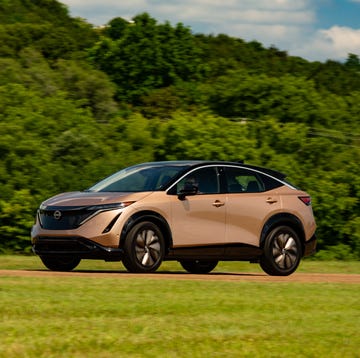- Nissan is working on a new collision-avoidance system that can detect vehicles approaching from the side at intersections, and apply the brakes automatically.
- The system uses a lidar sensor from Luminar, which has recently been in the news for its use in Level 3 semi-autonomous driving systems.
- Nissan expects to develop this technology by the middle of the decade, but hasn't mentioned just which vehicles might see it deployed first.
By now, following a decade and a half of advanced driver-assistance systems (ADAS) being introduced in cars, the only room for improvement appears to be in the direction of higher autonomy systems. But in reality, there are a handful of other active safety features being tested that haven't appeared in vehicles due to the complexity and cost of sensors they require.
One such system that's making its way through the development pipeline at the moment addresses one of the most frightening but surprisingly common traffic accident scenarios: a high-speed impact at an intersection from the right or left of the vehicle.
Nissan is working on a new control logic just for intersection collision avoidance, using lidar to track an object's location, speed, and potential risk of impact from a lateral direction. Such a system would automatically engage the brakes if it senses an object approaching from either direction as it moves forward into an intersection.
The automaker is working with lidar maker Luminar, currently known for its contributions to emerging Level 3 systems, to develop this technology.
"We are on course to develop collision-avoidance technology utilizing next-generation lidar technology by the mid-2020s," said Senior Vice President Takao Asami, head of Nissan's Research and Advanced Engineering Division.
Such a system would also be able to detect the structure of the area surrounding a vehicle, as well as sense road obstacles and slowed traffic at a distance, making the necessary lane changes automatically.
What is making this technology a reality, at least in an experimental setting for now, is the evolution of solid-state lidar sensors by Luminar, as well as the dropping cost of sensor technology, even absent Level 3 aspirations. In fact, it's likely this type of collision-avoidance tech will make it into far more vehicles early on than Level 3 technology, which for the moment is confined to operational rollouts in just a handful of pricey vehicles.
To test prototypes, Nissan is working with developer Applied Intuition, which offers simulation environments to fine tune the collision-avoidance tech before it is tested with physical models in a controlled setting.
"We are confident that our in-development ground truth perception technology will make a significant contribution to owner confidence, reduced traffic accidents, and autonomous driving in the future," Asami added.
Of course, the main question with the rollout of this tech is whether it will debut as part of an ADAS package or as part of a Level 3 system that will also use Luminar's lidar. Purely as part of an ADAS package, the business case might not be there to equip a car with a lidar sensor pod just for this type of collision-avoidance tech. But as part of a complete Level 3 system it might make more sense.
How much extra would you pay, if at all, for a vehicle with a reliable eyes-off, hands-off Level 3 system? Let us know in the comments.

Jay Ramey grew up around very strange European cars, and instead of seeking out something reliable and comfortable for his own personal use he has been drawn to the more adventurous side of the dependability spectrum. Despite being followed around by French cars for the past decade, he has somehow been able to avoid Citroën ownership, judging them too commonplace, and is currently looking at cars from the former Czechoslovakia. Jay has been with Autoweek since 2013.


